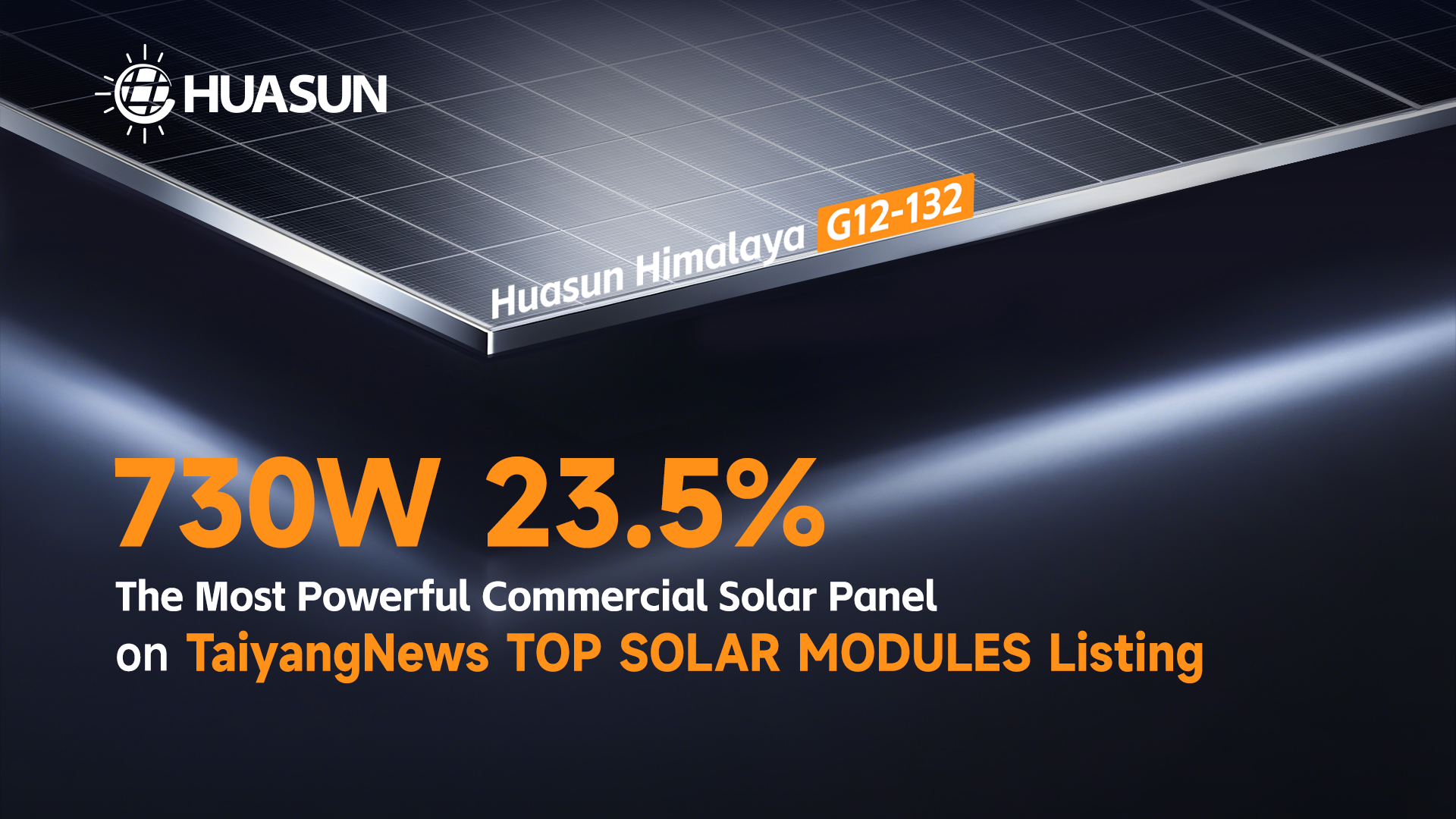From June 19 to 20, Professor Martin Green, widely regarded as the "father of photovoltaics," led a delegation from the University of New South Wales (UNSW Sydney) to Huasun Energy's Xuancheng headquarters. The visit facilitated in-depth discussions on the industrialization of heterojunction (HJT) solar technology, pathways for HJT-perovskite tandem cells, and innovations in vertical PV systems. Dedicated workshops on copper finger processes, edge passivation, and rear-side optical management also generated valuable insights for advancing ultra-high-efficiency HJT cell technology.
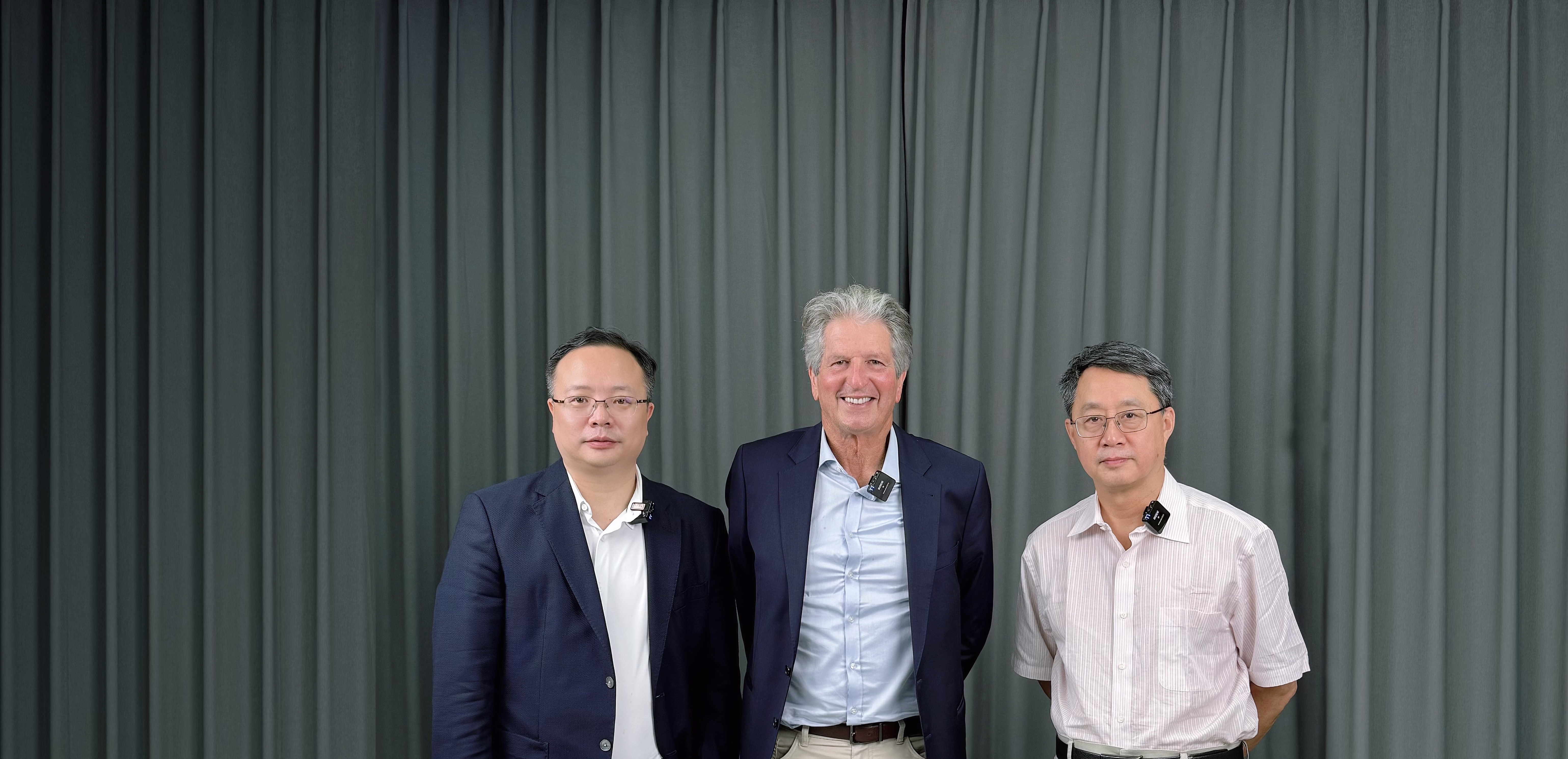
Vertical HJT PV Systems Unlocks New Value for Land Efficiency and Energy Yield
At Huasun's vertical bifacial HJT demonstration site, Huasun's Chairman and CEO, Jimmy Xu, highlighted clear advantages with operational data: near 100% module bifaciality enables steady power generation even during early morning and late afternoon hours, aligning well with time-of-use tariffs.
Field results at a blueberry agrivoltaic project showed significant gains in land-use efficiency compared to conventional PV arrays, positioning vertical PV as a strong option for marginal lands and spatial reuse. Professor Green commented that these results demonstrate real commercial potential for vertical PV systems, particularly in generating incremental value from underutilized land, which is a promising model to support global energy transition.
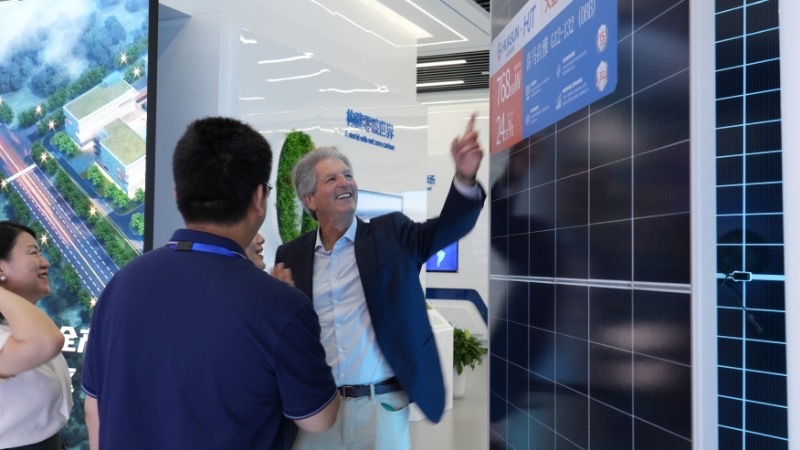
Advancing HJT and Tandem Technologies Through Deeper Collaboration
Jimmy Xu, and Huasun's Chief Scientist Dr. Wenjing Wang held in-depth discussions on key HJT technologies with Professor Green. On the topic of 0BB (zero busbar) technology, Professor Green noted that HJT's low-temperature process and ITO layer structure provide unique compatibility for copper metallization. "Huasun's industrial results demonstrate that this approach not only ensures the long-term reliability of PV systems but also significantly reduces silver consumption, while delivering module power gains of 5 to 10 watts," he remarked.
On tandem cell development, Jimmy Xu introduced, "Huasun's two-terminal (2T) tandem solution has achieved 30% efficiency through a more streamlined process compared to traditional TOPCon tandems. The technology has already been validated at pilot-line scale, with current research focused on scaling up production and improving long-term stability."
Professor Green praised these achievements and emphasized the potential to combine UNSW's latest advances in interface passivation and stability with Huasun's manufacturing strengths. Both teams agreed to deepen collaboration across tandem architecture, copper metallization, and optical design to accelerate the transition from lab breakthroughs to large-scale commercial applications of HJT-perovskite tandem solar technology.
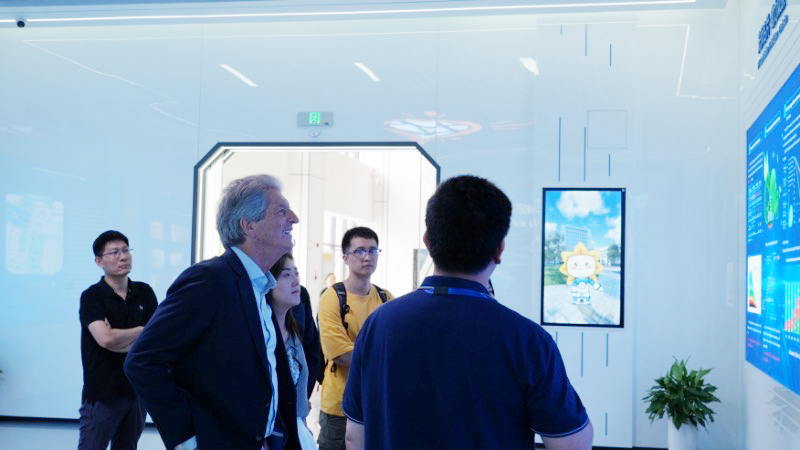
Exploring Optical Management to Boost Cell Efficiency
During a focused workshop on optical management, the UNSW team discussed new strategies for surpassing the traditional efficiency limits of crystalline silicon solar cells. They explained that the standard 29.4% efficiency benchmark, which is based on isotropic light absorption, could be improved through directional optical management.
Empirical data from Huasun's HJT vertical PV systems was highlighted as strong evidence of this potential, particularly through advanced backside structures that boost light absorption. The workshop also covered future collaboration on the application of Quokka3 optical-electrical simulation tools, with UNSW offering to provide technical training to the Huasun team.
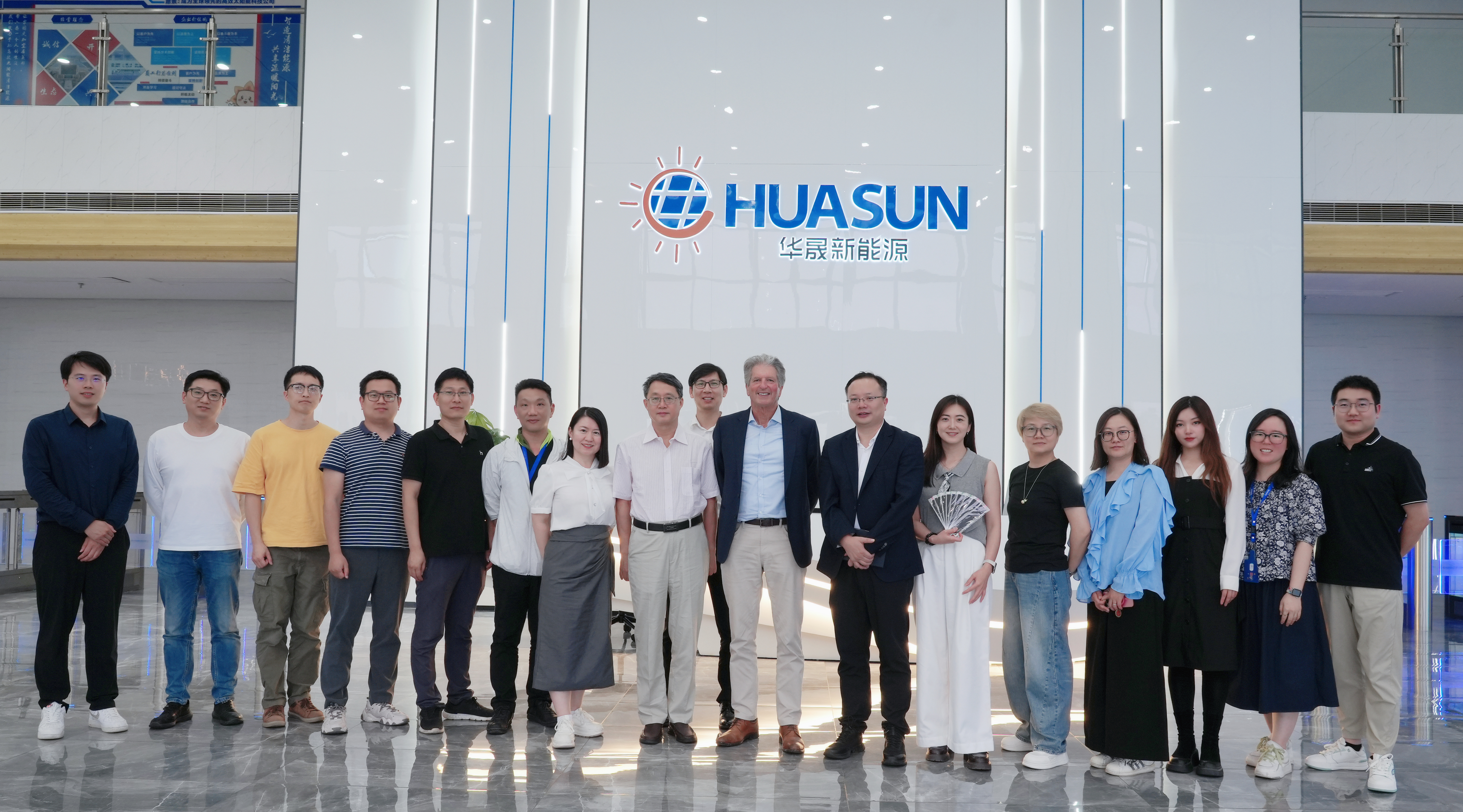
Professor Green's team toured Huasun's perovskite pilot line and HJT solar cell production facilities, highlighting Huasun's breakthroughs in copper metallization and system integration as valuable industry insights. Jimmy Xu stated, "The exchange helped pinpoint key R&D priorities, such as backside optical management and ultra-thin wafer processing. And the strengthened Huasun-UNSW Sydney partnership will continue to bridge academia and industry to drive sustainable energy solutions."
































